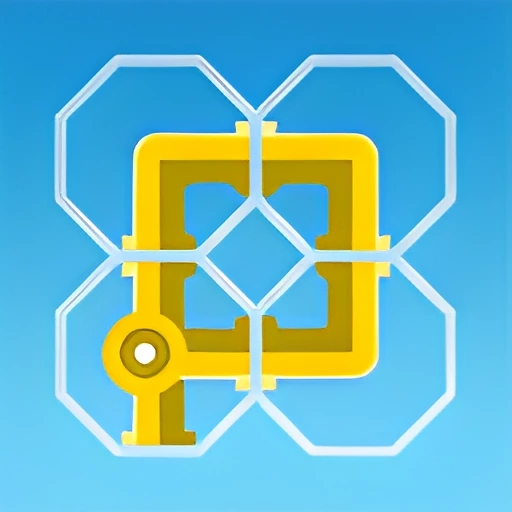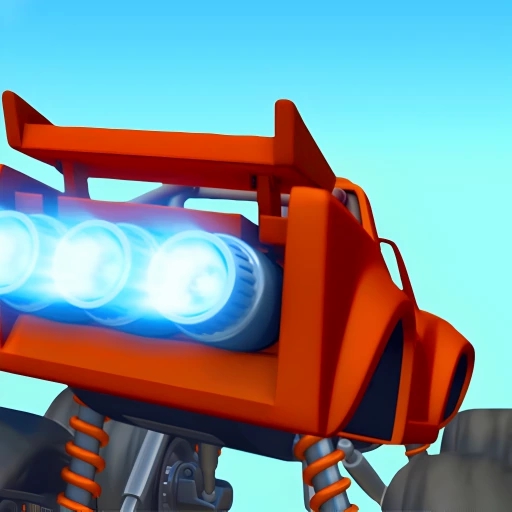Heart defects to neural tube issues: Types of birth defects and treatment
A congenital anomaly, also known as a birth defect, refers to any medical condition present from birth and the term congenital indicates that the condition was acquired in the womb. These conditions can vary in severity, affecting organs or individual body parts, as well as impacting development, bodily functions and sensory perception.

The majority of congenital anomalies have no clear cause and some are genetic, others may be associated with the mother's health during pregnancy. Environmental factors can contribute to the occurrence of these anomalies.
Hindustan Times - your fastest source for breaking news! Read now.
These are the types of birth defects that one should know
In an interview with HT Lifestyle, Dr Tushar Parikh, Senior Consultant Pediatrician and Neonatologist at Motherhood Hospitals in Pune, explained, “Congenital anomalies can manifest as either structural or developmental issues. Structural anomalies pertain to physical body parts, while developmental anomalies impact bodily functions, learning abilities, or sensory perception. Some congenital anomalies exhibit both structural and developmental effects, such as fragile X syndrome, spina bifida and Down syndrome.”
He elaborated, “Common structural congenital anomalies encompass heart defects, spina bifida, cleft lip or palate, and clubfoot. Among these, heart defects are the most prevalent congenital anomalies. While many cases have no clear cause, factors like maternal diabetes or smoking during pregnancy may elevate the risk. Heart defects arise when a portion of the heart fails to form correctly in utero, potentially impeding blood circulation throughout the body. Various types of heart defects exist based on the affected area of the heart. For example, a ventricular septal defect is the most widespread type involving a hole in the wall between the two lower heart chambers. In severe cases, infants with heart defects often require surgical intervention shortly after birth.”
Dr Tushar Parikh revealed, “Cleft lip or palate occurs when the tissues forming the roof of the mouth or lip do not properly join together, leading to potential issues with speech, hearing, and eating. Surgery is often necessary for infants with this condition. Neural tube defects are abnormalities that impact the development of the brain and spinal cord in the early stages of pregnancy. Those children with developmental defects such as Down syndrome are born with an extra chromosome, which affects both brain and body development. Visual impairments affect sight due to irregular eye shape or improper coordination between the brain and eyes.”
He added, “Hearing impairments occur when the ear does not function properly, and may be identified through a hearing screening before an infant reaches 1 month old. Cerebral palsy is a prevalent childhood motor disability that affects balance, movement, and posture due to damage to the developing brain. Muscular dystrophy is a condition that weakens muscles over time and manifests in different types depending on which muscle group is affected. Certain genetic disorders can influence development. For instance, fragile X syndrome affects normal brain development as well as learning and behaviour.”
The treatment:
Dr Tushar Parikh highlighted, “In many cases, serious structural abnormalities require surgery soon after a baby is born. Prenatal testing can frequently identify such abnormalities before birth, enabling healthcare providers, parents, and caregivers to make necessary preparations. Congenital anomalies may result in lifelong disabilities, necessitating ongoing treatment and support for one to lead as fulfilling a life as possible.”





























